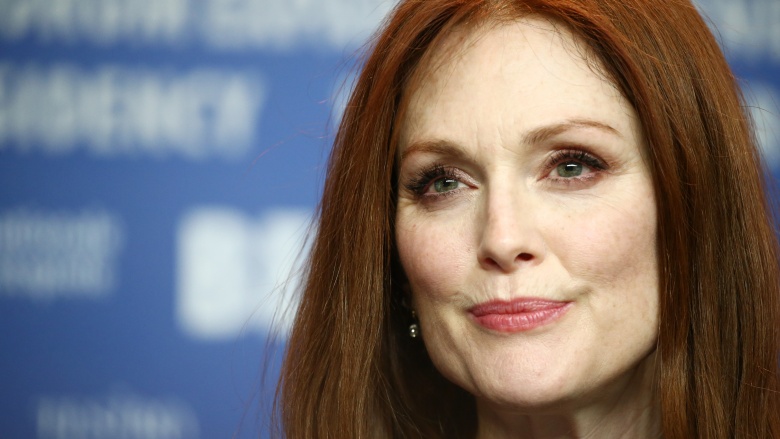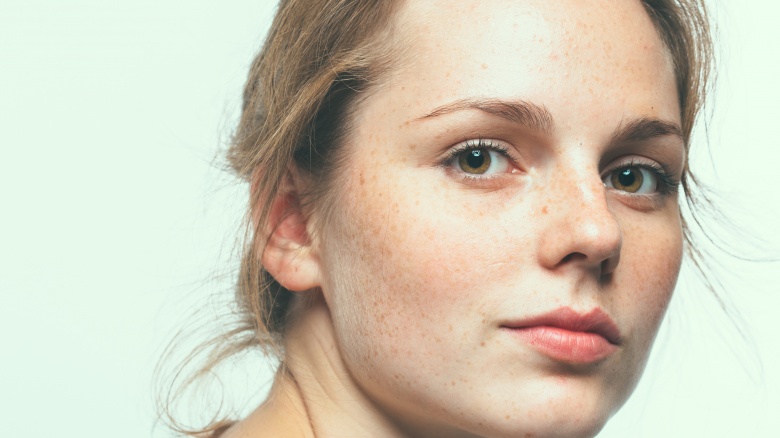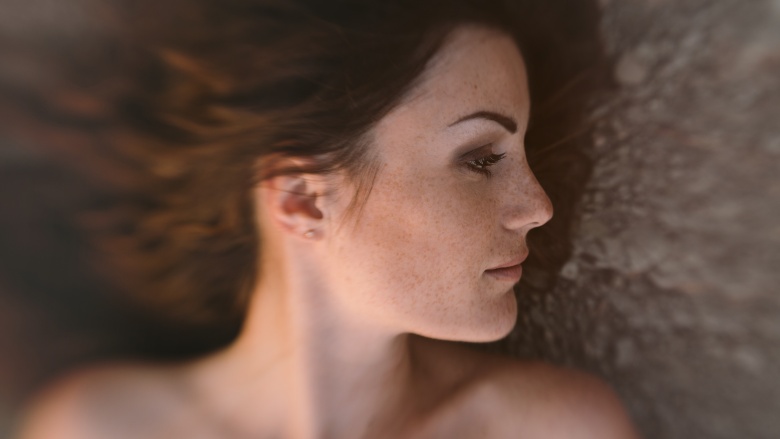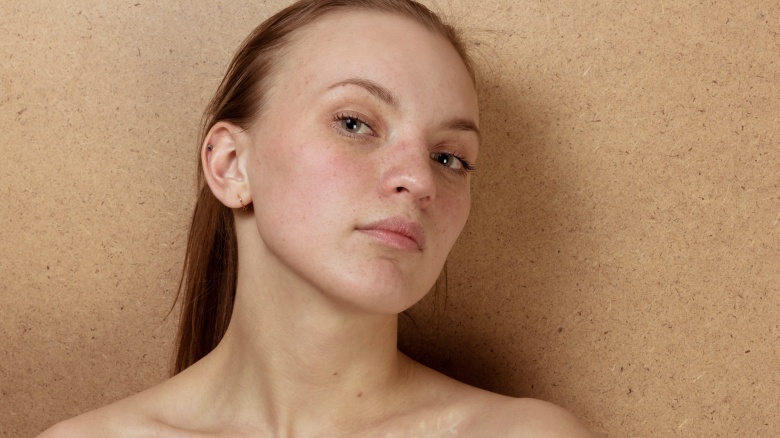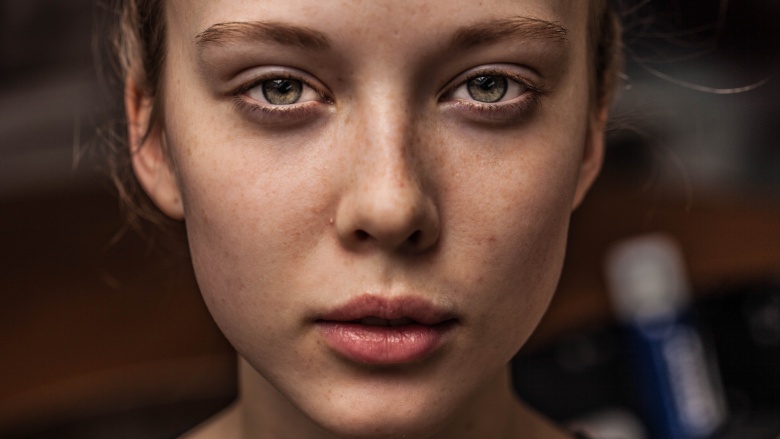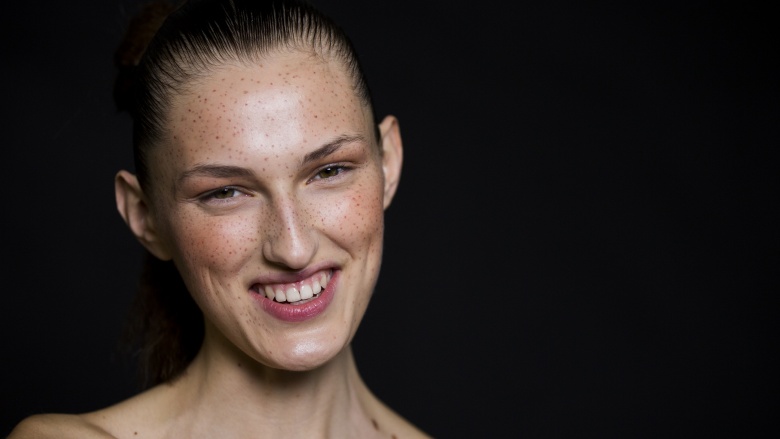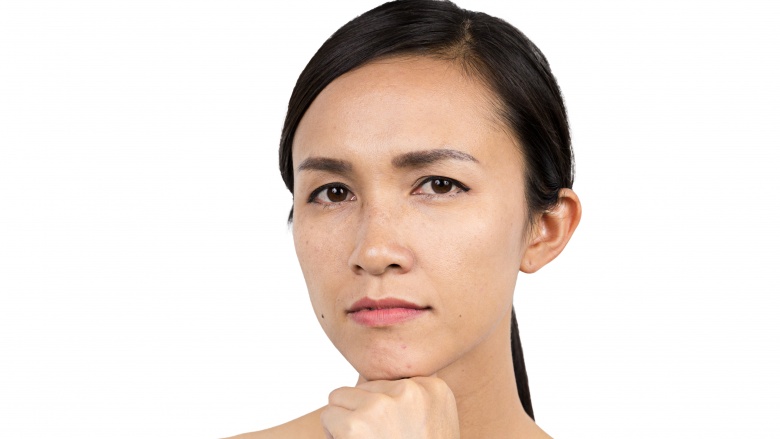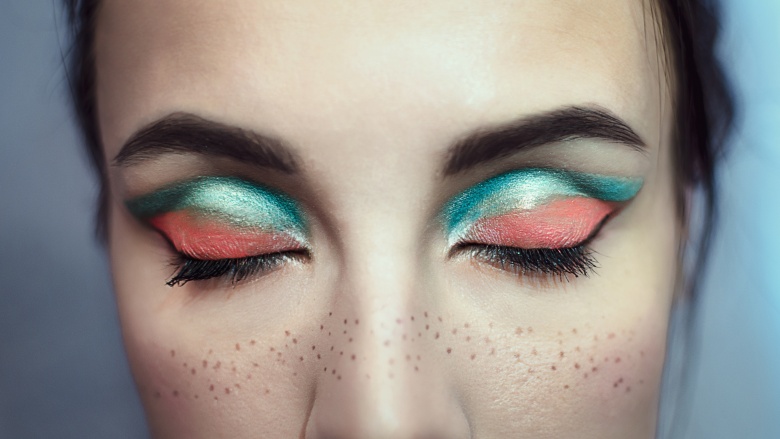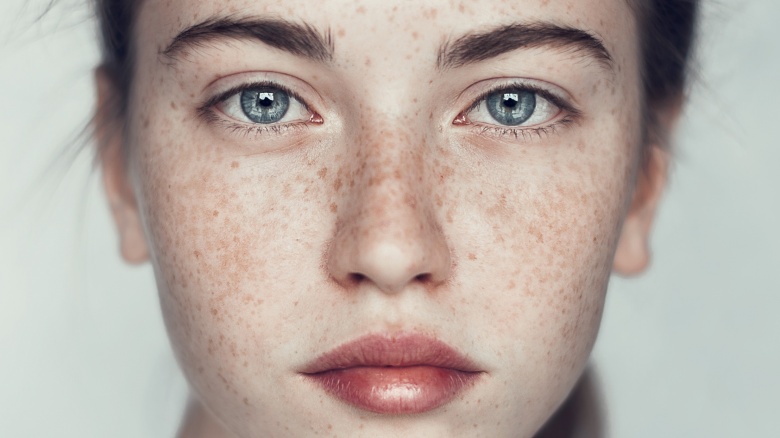The Truth About Freckles
A smattering of freckles spilled across the nose and cheeks or sprinkled along one's arms or shoulders is so beautiful and unique, in my opinion. Freckles add a little something extra to skin. Some women with freckles embrace them and show them off. Others conceal them. It's really a personal choice.
But what's the real deal with freckles? Here's the breakdown of the most important things you need (or want) to know about freckles, from what they are to how to work with them when wearing makeup. If you have your own freckles or just happen to admire them, they are certainly an interesting, stunning, and slightly complicated physical trait.
Celebs rock them
Using celebrities as an example, actresses Julianne Moore and Lindsay Lohan are light-skinned redheads with prominent and gorgeous freckles. Moore even penned a series of children's books with the main character, Freckleface Strawberry borrowing her vivid moniker from a childhood nickname bestowed upon the author. Moore explained, "I wrote the book about this little girl trying to get rid of her freckles. I still have mine and I still don't like them, but I have other things to worry about. I care about it less."
Dark-haired reality queen and makeup mogul Kylie Jenner has brownish freckles on her face that we don't often see unless she she does a no-makeup selfie or Snapchat session. Blonde singer Kesha also has generous supply of freckles on the bridge of her nose and her cheeks, which she showed off on a Teen Vogue cover.
Freckles are different than age or sun spots.
While researching this topic, I noticed that freckles and age or sun spots were often interchanged in discussions. Sometimes, freckles were even compared to individual moles. But there is a big difference between freckles and sun spots. Dr. Kally Papantoniou, who practices cosmetic and medical dermatology, explained, "True freckles, the kind that appear on skin in childhood, are caused by increased levels of melanin in melanocytes." She furthered, "'Age spots,' or 'lentigos,' are dark spots that appear later life and are due to increased amounts of melanocytes in the skin from UVA/B damage."
Freckles are more common in lighter-skinned people.
Are there other common physical characteristics among people with freckles, like hair or eye color? Well, according to Dr. Papantoniou, "Freckles will occur and are more likely in lighter-skinned individuals, and those with lighter hair will also be more likely to develop freckles." But freckles are not reserved solely for those with pale skin and fair hair. She continued, "However, freckles can be seen in darker-skinned individuals as well. But that is less common."
Freckles are genetic.
Freckles aren't random, either. Freckles are, in fact, familial! Dr. Papantoniou confirmed that "freckles can have a genetic predisposition and are often seen with a family history."
Freckles can be lightened and removed.
Remember Freckle Juice, the short story penned by beloved adolescent author Judy Blume? It tells the tale of a second grade student who so desires freckles that he tries a recipe that is said to give you speckles. However, is there a concoction or procedure that allows for the opposite result, whereas someone who doesn't love having speckled skin can remove their freckles? Dr. Papantoniou shared, "Freckles can be removed with a simple laser treatment such as the Fraxel and Clear&Brilliant. Freckles will be lightened and possibly removed if very light with the use of chemical peels and other lightening agents."
You can prevent the development of new freckles.
If you want to avoid developing new freckles, there is a simple and affordable technique. All you have to do is use sunscreen daily, per Dr. Papantoniou. That's also smart skincare advice, freckles or not.
Don't cover freckles with full-coverage foundation.
Freckles can be concealed if removing them via a cosmetic treatment isn't an option — or if you don't want to be permanently freckle-free. Makeup artist Samantha Lennon discourages covering up freckles with full-coverage foundation. Instead, she recommends using a tinted moisturizer in a shade that is slightly darker in order "to connect the color of the freckles with the shade of your skin."
Freckles don't mean you have limited makeup options.
While a stippling of freckles adds depth, dimension, and color to one's skin, those with facial freckles needn't worry about not being able to wear all sorts of eyeshadow, blush, or lipstick colors. Lennon explained, "The product colors you choose depends on your overall skin tone and the color of the freckles. I see people with medium-tone complexions and darker freckles and I have worked with lighter-toned complexions with freckles. It's not like a certain cosmetic color palette works for freckles in general. It really depends on skin tone and hair color." It's also worth noting that the new golden rule of beauty is that there are no rules. So women with freckles can wear whatever color products they want and still slay all day.
Freckles are beautiful.
Lennon doesn't prefer to cover up freckles on clients, unless, of course that's absolutely what they want. There's a two-fold reason for wanting to show off freckles. She said, "Trying to cover up freckles almost always looks obvious and unnatural. They look best when left alone and shine through." She likes to put the natural spots on display because "freckles really are beautiful and can add dimension to your face!" #Truth.


